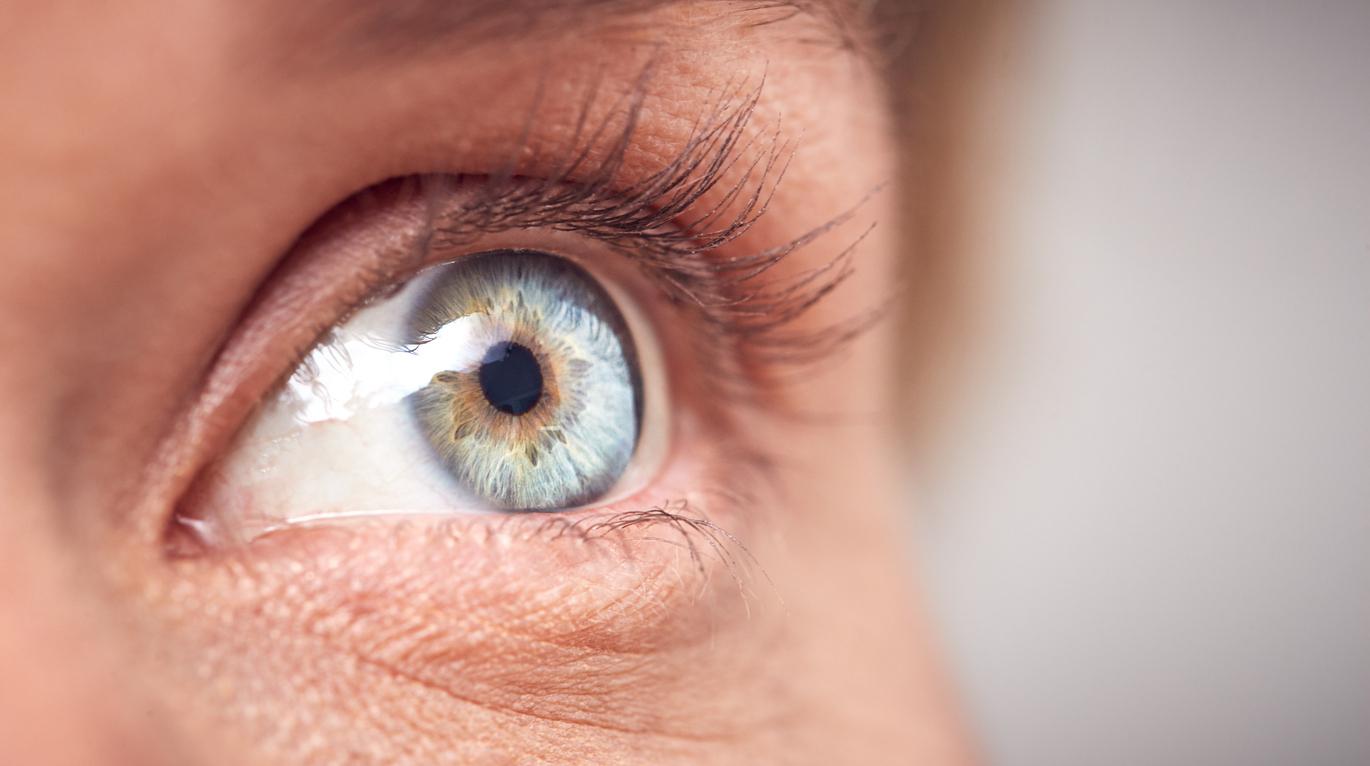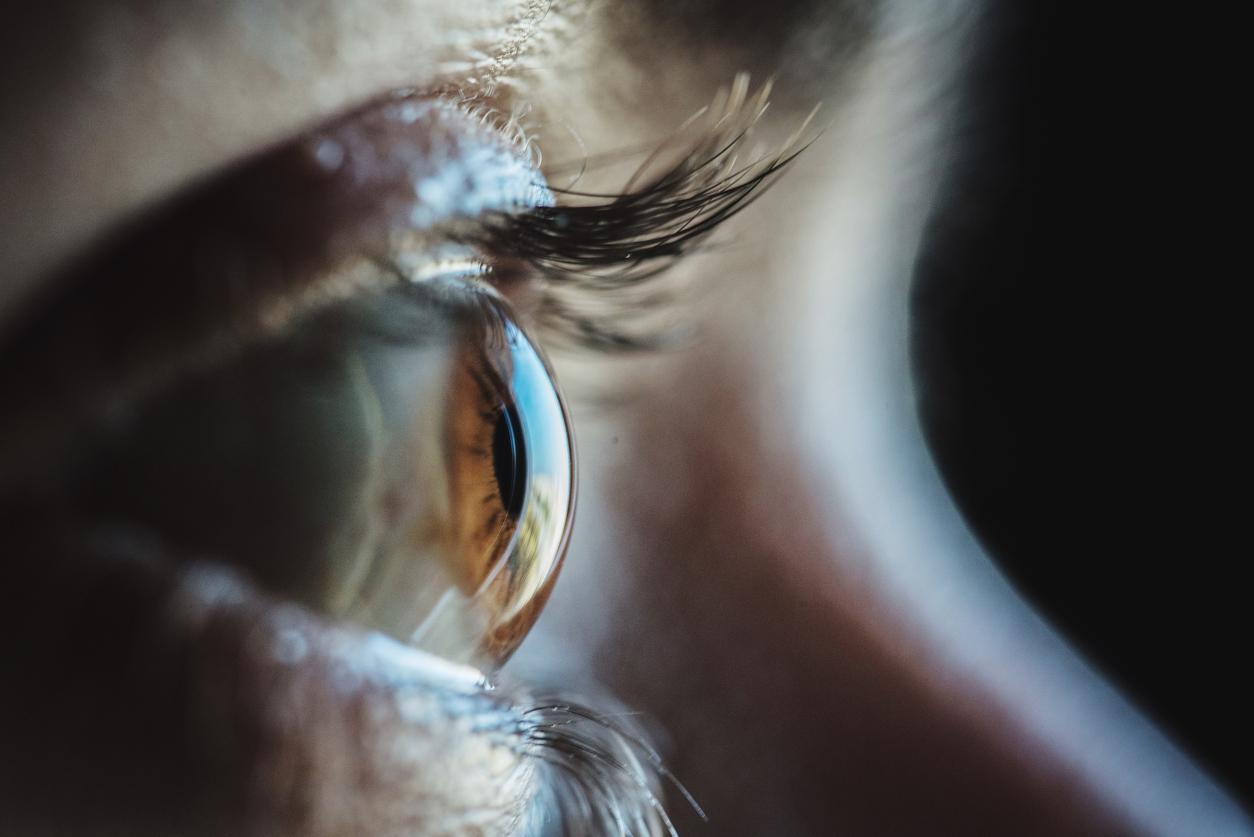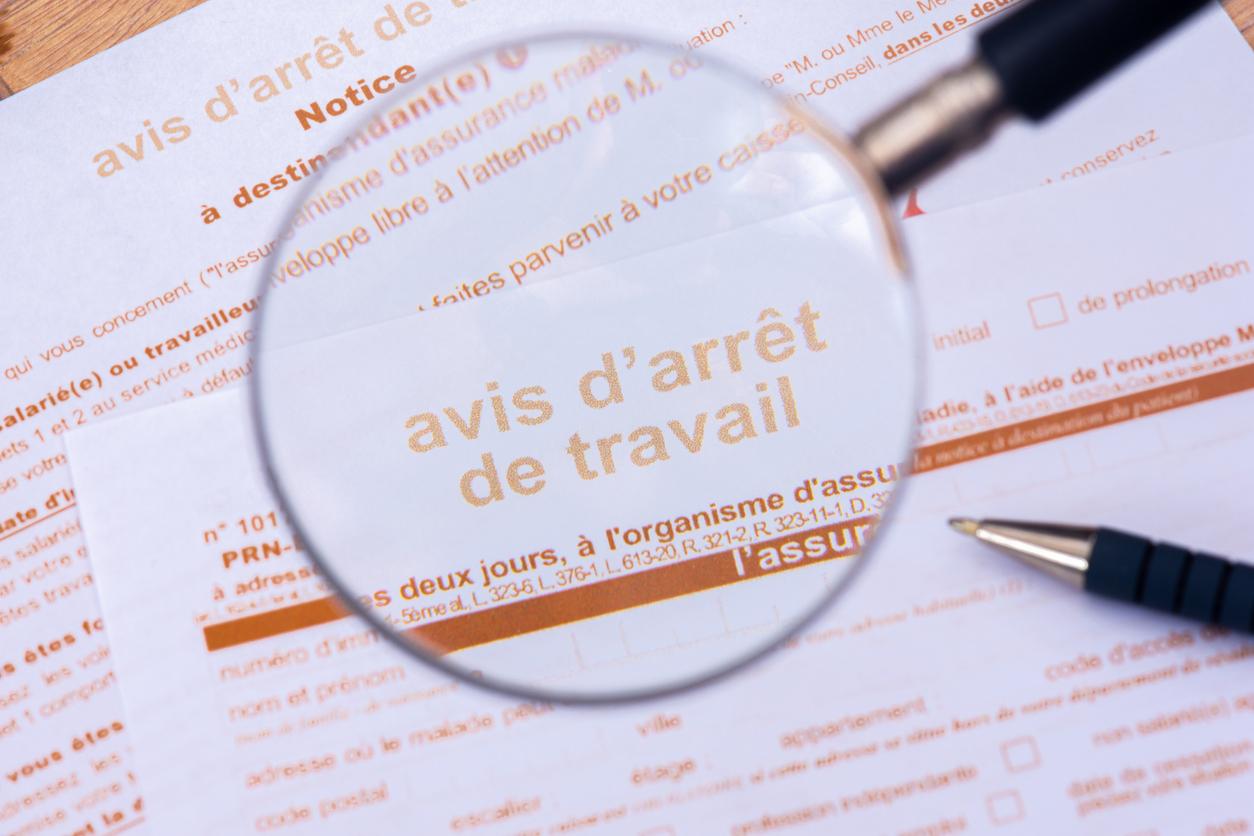
The process, eye defects and tools
Our eyes allow us to see everything around us. And that’s important. For example, to be warned of danger. We also use our eyes to read or watch a movie. How does the eye actually work? And what can you do if your vision is not sharp?
When you look at something, your eyes receive light from the environment. This light is bundled through the cornea, the pupil and the lens of the eye. The focal point of this light beam then falls on the retina and is translated there into nerve impulses. Once the brain has processed this, you can actually see the image. This whole process is very fast!
See clearly near and far
To see clearly both near and far, your eye uses the ‘refracting system’. This refractive system consists of the cornea and the lens of the eye. The cornea is the front transparent part of the eye. This is the first layer through which the light waves have to pass and this is where the light is refracted for the first time. The light is then refracted again by the lens of the eye. This is located behind the pupil. The lens of the eye has the ability to become more convex. This allows the eye to see clearly both far and near. This process is called accommodation. The accommodation is automatic and cannot be influenced by ourselves.

After the light beam has passed the lens of the eye, it passes through the vitreous body. This is a kind of jelly that completely fills the large space between the lens of the eye and the retina. Then the light hits the retina. There are two types of receptors on the retina, namely rods and cones. The point where these receptors are closest together is the most sensitive point on your retina. This spot is called the ‘yellow spot’. The receptors in this location allow you to see clearly what your eyes are focusing on.
Finally, the receptors convert the light into nerve impulses. These impulses are processed in your brain. Because the images of both eyes are then projected over each other, a single image is created and you can see depth.
What could be wrong if you can’t see clearly?
Myopia
People who are nearsighted can only see objects that are close by. The focal point of the light is not exactly on the retina but behind it. These people need minuscule glasses.
farsightedness
People who are farsighted can only see objects that are far away clearly. The focal point of the light does not fall exactly on the retina but in front of it. These people need plus glasses.
Diabetic retinopathy
In people with diabetes, the blood vessels in the retina of the eye can leak blood or fluid. New blood vessels can also be created that are much more vulnerable and therefore bleed more quickly. This is called diabetic retinopathy. The retina then no longer works as it should. The patients suffer from blurred vision.
Visual Impairment
Visual impairment means that you cannot see clearly even with glasses, contact lenses or medical treatment. Rarely, visually impaired people become completely blind. Visual impairment can be caused by diseases such as macular degeneration or the effects of glaucoma. Sometimes it is innate. Normal glasses or contact lenses do not work for the visually impaired, but there are special aids such as magnifiers and strong lamps. A so-called ‘low vision’ specialist measures these aids.
night blindness
When you can see well during the day, but poorly at night, you have night blindness. The rods and cones often work less well. This can be due to a deficiency of vitamin A. Night blindness can also be congenital. The retina is then naturally more insensitive, it does not respond well to light. When there is little light (at night), you can no longer see well.
Blindness
If your eyes cannot perceive light and therefore no more impulses are given to the brain, then you are blind. Blindness can be caused by several things.
Tools
When your eyes no longer work properly, glasses or contact lenses can help. A special aid is refractive surgery. A thin layer of the cornea is vaporized by means of a laser. In this way it changes shape, so that the focal point again falls exactly on the retina. Not everyone is suitable for such an operation. Only a specially trained optometrist or ophthalmologist can determine this.













